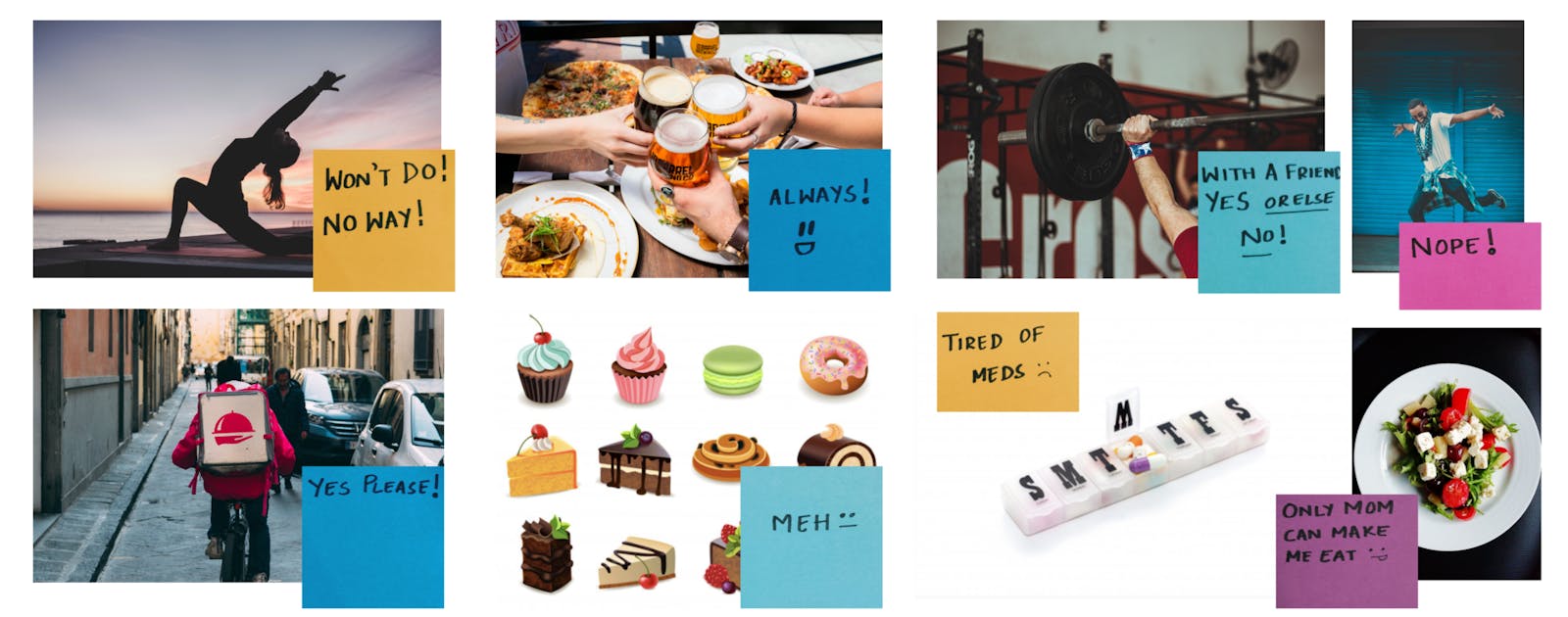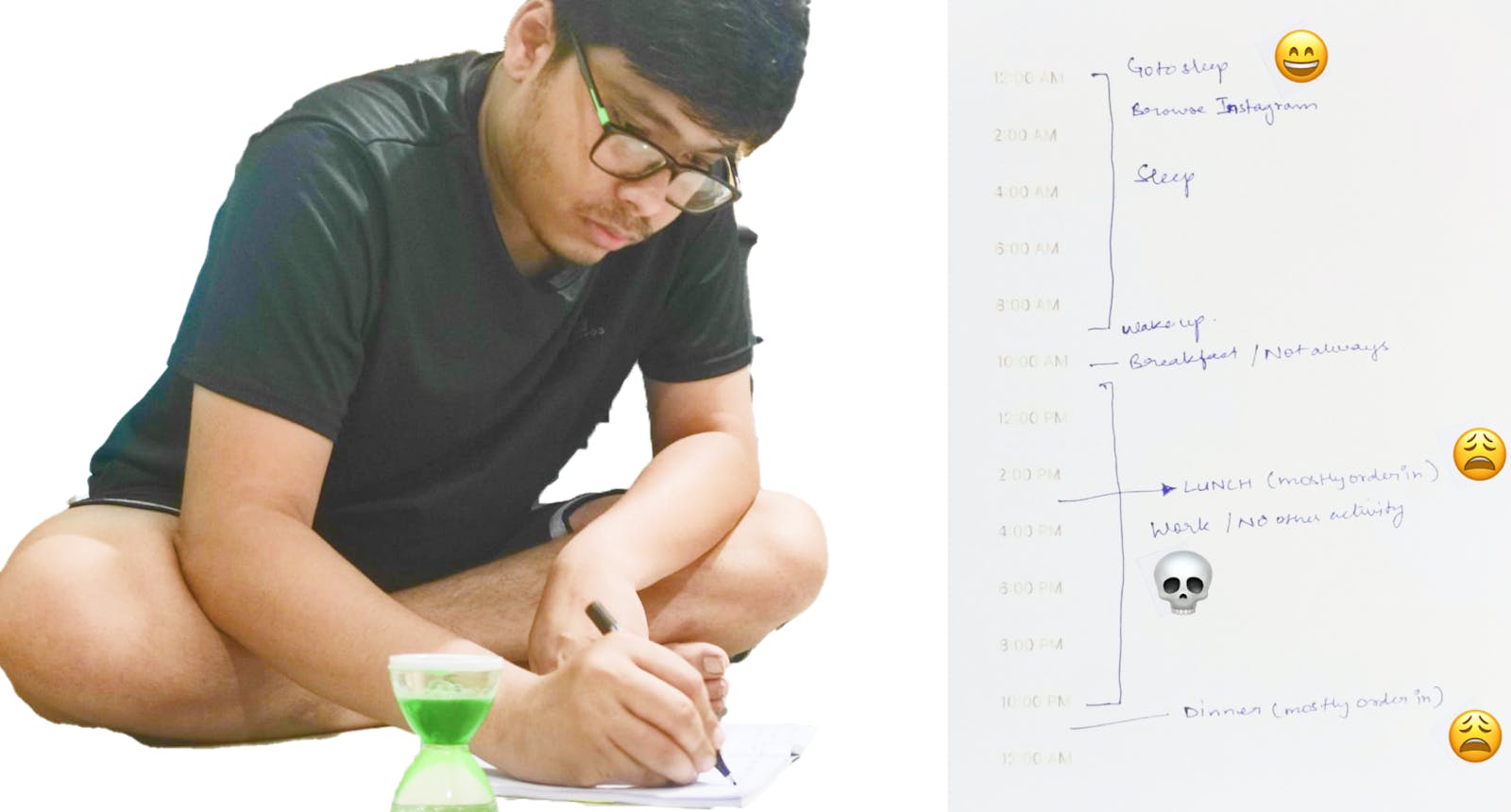Sreya Ahuja
Empowering the urban Indian population to manage metabolic syndrome

About
Wellness intrinsically looks into carrying a comprehensive, holistic approach towards the mind, body and soul. A paradigm shift in the way people uphold their health and maintain it has been recognized over the past few years. It has been observed that people primarily in their 20s and 30s are becoming mindful of their approach and are focusing on adopting the right approach to stay healthy. People are eating consciously, doing routine check-ups and indulging in physical activities to maintain a healthy lifestyle.
Metabolic Syndrome started as a concept rather than a diagnosis, and is now a public health issue requiring immediate attention and the entire world seems to be facing concerns around MetS.
A bevy of abnormalities caused by a high intake of refined carbohydrates meld to result in Syndrome X or MetS. This often leads to hypoglycaemia, hyperinsulinemia, and glucose intolerance followed by diminished insulin sensitivity, further leading to hypertension, hypercholesterolemia, obesity, and T2DM (type 2 diabetes).
India is facing an epidemic of diabetes, with high prevalence in urban areas. Over the past 30 years, the prevalence of diabetes has increased to 12-18% in urban India and 3-6% in rural India with significant regional variations. Indians also tend to develop diabetes at a younger age and those younger than 45 years account for 36% of all diabetics in India. Longer duration of diabetes leads to greater complications and this could threaten the national economy.
“Once MetS is diagnosed, currently, there is only fragmented care especially because our health delivery system is modelled for acute care rather than for chronic care.” V. Mohan from Dr. Mohan’s Diabetes Specialities Centre, also underlined that prevention was key to the problem. “In addition to people with diabetes, the country also has a huge burden of pre-diabetics. If we target them with information on the right lifestyle options to help keep blood sugar, lipids and blood pressure under control, we can prevent at least a third of people from developing MetS”.
Scrutinising studies intigates the thought process that the prevention and management of MetS may be attributed to various lifestyle factors like physical activity, nutrition and aimed medication rather than one specific solution, lending mainly to the idea that a holistic intervention in this niche requires a systemic, multi-factor intervention.
The objectives chosen look to attain a comprehensive view of MetS and to explore solutions that attempt to manage and prevent the same.
Identifying participants for research
The requirement to be a participant for this research, individuals needed to be diagnosed with Type 2 Diabetes, Pre-Diabetes, Hypertension or Obesity or a combination of any of these conditions. The target group was Indian population staying in urban areas, within the age group of 25-35 and urban Indian population above 40 years of age. The idea was to look into medium-high income groups that are also active on social media platforms. The aim essentially was to cover various spectrums of behaviours, specifically directed towards, but not limited to health and wellness.
To achieve this, surveys were posted across Social Media platforms like Instagram, Facebook, Twitter and LinkedIn.
The surveys gathered over 50 responses across different age groups. These responses were further analysed to identify a set of 5 participants to do an in-depth study.

Design Probes: Understanding the User

A series of photos was included in a package and sent to the research participants to understand their perception of things visually. This included photos of food, workout, medication, mindfulness along with visuals to understand what calms people and how they react to specific visuals. Responses were keywords that the users would do or want to do, like or dislike based on their instantaneous reactions.

With an hour glass in the package, participants limited themselves to one minute to write about their day. This was to be filled at the end of the day and the challenge went on for 5 days. The purpose of this activity was to understand what people count/consider as the essence of their day. It helped get clarity on what they consider important during their day.
An activity was designed to gather information about the individual's self values and daily habits. This was to be filled out everyday, for a period of 5 days. Rather than having people fill out long open ended questions, the idea was to take an easier approach with allowing individuals to document their day based on time. They were also provided with emoji stickers to log along with their activities to understand the emotional context to their daily activities.
Building the ecosystem


Analysing Literature Reviews and User Studies to form an Ecosystem Map
Building Personas - Type 2 Diabetics

Work in Progress
The inferences drawn from participant data and design probes coupled with exhaustive literature reviews has helped me identify touchpoints within a Diabetic's journey that can be leveraged. During the participant study, psychological and behavioural analysis enabled me to understand the existing biases that impact an individual managing Metabolic Syndrome.
Juxtaposing this knowledge onto the touchpoints has helped me identify areas of opportunity within lifestyle wellness and medication.
Objectives
Primary Objective
To design an intervention that reduces the risk of MetS and enables and empowers the management of Mets in the urban Indian population.
Specific Objectives
• To understand what the audience considers health and wellness to be around chronic conditions (and specifically towards MetS) through interviews and surveys composed of both open and closed questions (primary research)
• To learn about the ecosystem of MetS, it’s cultural context and awareness towards the syndrome in the urban Indian society through in-depth literature reviews and through primary research
• To learn about and identify gaps in the environment, habits, behaviour patterns, drivers, biases, actions, emotions and attitudes of the user segment towards MetS through primary research
• To dive deep into the psychology behind motivations, deterrents and prioritisation towards health and wellness
• To synthesise pivotal points of change in mindsets/ attitudes/ behaviours
• To identify apparent/ latent needs and challenges of the user segment
• To identify factors and parameters that influence decision making (towards care/ products/ services, etc)
• To understand economic budgeting towards solutions (current and with proposed solution)
• To understanding the current system of care, management and lifestyle (physical and remote) through primary research and literature reviews
• To study about adaptiveness towards solutions, with an express attention towards solutions towards MetS and also technological interventions through primary research and literature reviews
• To identify some players in the current market and understand their USPs
• To explore different solutions directed towards empowering the urban Indian population to prevent and manage MetS and select a solution to take further
• To design and test an intervention for it’s effectiveness, ease-of-use and desirability within the urban Indian population in the specified target group
Research Approach
The approach for this research is two pronged - Evaluative and Generative.
Evaluative research will mostly include secondary research through literature reviews whereas generative research will hold ground for most of the primary research.
Methods for primary research include:
1. Ex-situ Interviews
2. User Testing
3. Surveys
4. Design probes led Diary Studies
The following were studied through secondary research:
1. Netnography and Phenomenology
2. Landscape Analysis through Analogous Studies
3. Literature Reviews and Statistical Study
A combination of primary and secondary research methods and insights has helped gain understand the following:
1. Wellness Pathways
2. Emotion Mapping
3. Four futures of Jim Dator
4. Stakeholder Mapping
5. Behaviour Change
6. AEIOU Analysis
